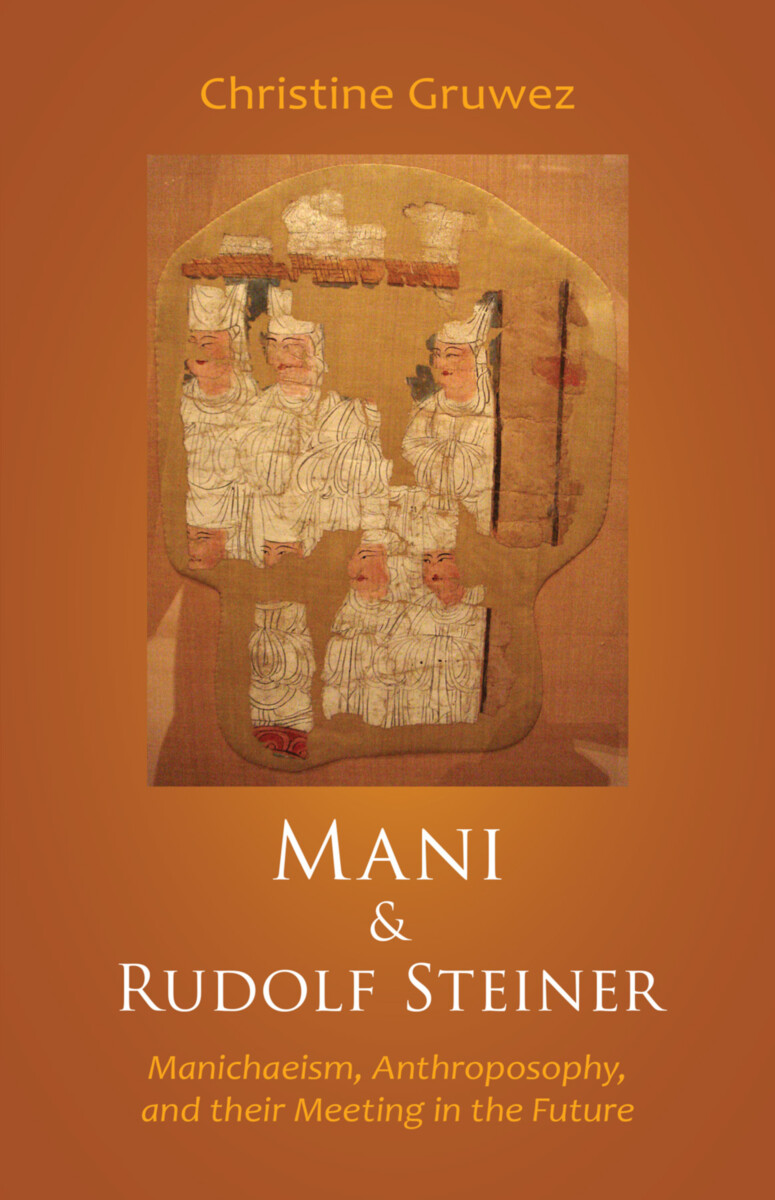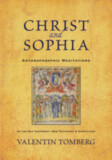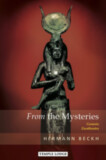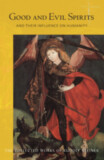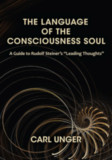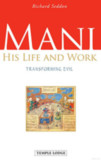Mani and Rudolf Steiner
Manichaeism, Anthroposophy, and their Meeting in the Future
- Publisher
SteinerBooks - Published
28th August 2014 - ISBN 9781621481089
- Language English
- Pages 112 pp.
- Size 5.5" x 8.5"
“The profound thought that lies in this is that the kingdom of darkness has to be overcome by the kingdom of light; not by means of punishment, but through mildness; not by resisting evil, but by uniting with it in order to redeem evil as such. Because a part of the light enters evil, the evil itself is overcome.” —Rudolf Steiner (Nov. 11, 1904)
For many centuries, the teaching of Mani was hidden behind the distorted picture that had been created by the adversaries of Manichaeism in East and West. In the course of the twentieth century, new light was shed on Manichaeism by the discovery of several Manichaean scriptures. These have shown that Manichaeism was a true, distinct world religion that, in the question of good and evil, for instance, offers insights that complement and deepen Christianity.
Also in the twentieth century, Rudolf Steiner brought Anthroposophy, Spiritual Science, which is a continuation of a stream of esoteric Christianity that has run through human history ever since the resurrection of Christ. Anthroposophy is centered on a new, deepened idea of Christianity that, as indicated by Rudolf Steiner, is so great and all-encompassing that it can be understood in its full depth only gradually.
In this book, Christine Gruwez explores the essence of Mani’s revelation and then shows what Rudolf Steiner has communicated regarding Mani and his teaching. This generates an image of two spiritual streams that, each from its own beginning, are moving toward a future when a Christianity of the deed shall become reality.
C O N T E N T S:
Introduction
1. Mani and Manichaeism: The Historical Dimension
Manichaeism Rediscovered
Mani, the Apostle of Jesus Christ
Mani’s Scriptures:
— The Organization of a Manichaean Community
— Liturgy and Prayer
— The Message of Mani
— The Creation Story
— The Figure of Jesus
2. Rudolf Steiner and Manichaeism
Rudolf Steiner’s approach to Manichaeism
Rudolf Steiner’s Sources:
— St. Augustine and Other Church Fathers
— Standard Works in German
Rudolf Steiner and Manichaean Teaching
— The Question of Dualism
— Characteristics of Mani’s Dualism
— Mani’s View of Matter
— Rudolf Steiner on the “Spirit–Matter Principle” in Manichaeism
— Rudolf Steiner on the Manichaean Cosmogony
— The Manichaean Creation Myth and Its Rendering by Rudolf Steiner
— Rudolf Steiner on Dualism and Manichaean Dualism
— Rudolf Steiner and the Individuality of Mani
— Rudolf Steiner and the Acta Archelai
— A Second Version
— The Son of a Widow
— Mani and the Paraclete
— Mani’s Spiritual Stature and Rank
3. The Mission of Evil: Rudolf Steiner and the Mani Intention
Evil as Ill-Timed Good
Manichaeism and the Future of Christianity: Form and Life
The “I” as Double-Edged Sword
Initiation into the Mystery of Evil
4. Mani as Artist and the Significance of Art in Manichaeism
Mani, All-around Artist:
— The Ritual Meal as Prototype of Manichaean Art
— The Significance of the Picture
— Rudolf Steiner on the Source of Art and Artistry
— Conclusion
Epilogue: Anthroposophy and Manichaeism as Deed
Appendix 1: Manu and Mani
Appendix 2: The Manichaean View of Jesus and Christ
Christine Gruwez
Christine Gruwez (b. 1942) studied philosophy and linguistics at the KU Leuven, the Catholic University in Louvain, Belgium. She met Anthroposophy through the Waldorf school in Antwerp, which her four children attended, and where she taught from 1976 to 1986. She also taught for a decade in the Waldorf Education Training Program. Since 1997, Christine has led seminars and conferences at Emerson College, at the Goetheanum, and in Japan. The publication of Bernard Lievegoed’s Battle for the Soul renewed her contact with the Manichaean impulse. Having studied the language and texts at university, her life’s research question became: How can we actualize what historical Manichaeism has initiated in human history? Christine has followed the history of Mani and his communities throughout the Far and Near East, from the Balkans to North Africa, Iran, Uzbekistan and Tajikistan, along the Silk Road to Japan. Her book, Walking with Your Time: A Manichaean Journey, addresses ways to become a contemporary human individual and the question of good and evil in our time.


